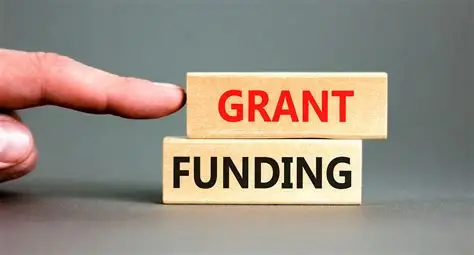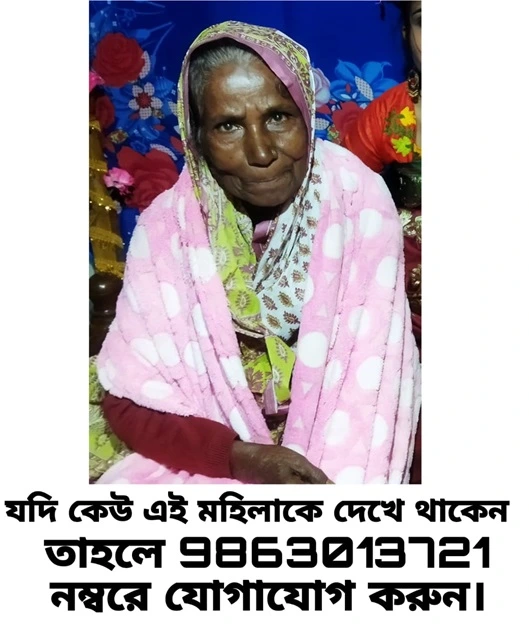New Delhi/Tripura, August 26| SKY LINK TIMES
The Government of India has allocated ₹29.75 crore to Tripura as part of the 2025–26 XV Finance Commission Untied Grants for Rural Local Bodies. The grant aims to empower Panchayati Raj Institutions (PRIs) in the state to take up location-specific developmental works under the 29 subjects of the Eleventh Schedule of the Constitution.

Table of Contents
Let us Know more about Untied Grants
1. Introduction
The Union Government has released the first installment of the Fifteenth Finance Commission (XV FC) Untied Grants to strengthen Rural Local Bodies (RLBs) in the states of Mizoram, Odisha, and Tripura. The total amount disbursed exceeds ₹284 crores, with allocations made directly to eligible Village Councils, Gram Panchayats, Block Panchayats, Zilla Parishads, and other rural bodies.
This release, made on 26 August 2025 by the Ministry of Panchayati Raj in coordination with the Ministry of Jal Shakti, is part of the continuing efforts to empower Panchayati Raj Institutions (PRIs) and ensure grassroots-level development.
2. Background: XV Finance Commission Grants
The Fifteenth Finance Commission (XV FC), constituted under Article 280 of the Constitution, recommends how Union revenues are shared with States and Local Bodies. One of its key mandates is to strengthen rural governance and local self-government institutions by providing grants-in-aid.
These grants are distributed in two installments each financial year, ensuring steady availability of funds for development activities at the village and block levels.
3. First Installment for FY 2025–26
The allocations for the three states are as follows:
| State | Amount Released (₹ Crores) | Eligible Local Bodies Benefited |
|---|---|---|
| Mizoram | 14.2761 | 827 Village Councils |
| Odisha | 240.8149 | 6,085 Gram Panchayats, 63 Block Panchayats |
| Tripura | 29.75 | 606 Gram Panchayats, 35 Block Panchayats, 8 Zilla Parishads, 587 Village Committees, 40 Block Advisory Committees |
- Mizoram received ₹14.27 crores as part of its allocation for 827 Village Councils.
- Odisha was allocated the largest share, ₹240.81 crores, benefiting more than 6,000 Gram Panchayats and 63 Block Panchayats.
- Tripura received ₹29.75 crores for a wide range of local bodies, including Gram Panchayats, Block Panchayats, Zilla Parishads, Village Committees, and Block Advisory Committees.
4. Purpose of Untied Grants
Untied Grants provide flexibility to Rural Local Bodies to take up location-specific felt needs based on the requirements of their communities. These can be chosen from among the 29 subjects listed in the Eleventh Schedule of the Constitution, which include areas such as rural roads, drinking water, sanitation, public health, and social welfare.
However, these funds cannot be used for salaries, pensions, or other establishment expenses. Instead, they are strictly meant for developmental and service delivery activities at the grassroots level.
5. Difference Between Untied and Tied Grants
- Untied Grants:
- Can be used flexibly for development works decided by the Gram Sabha or local body.
- Cover subjects like rural infrastructure, agriculture, health, education, markets, and community assets.
- Exclude administrative overheads and salaries.
- Tied Grants:
- Specifically earmarked for:
- Sanitation & Maintenance of ODF (Open Defecation Free) status – including waste management, treatment of household waste, fecal sludge, and sewage.
- Drinking water supply – including rainwater harvesting, water recycling, and maintenance of water supply systems.
- Specifically earmarked for:
This distinction ensures that while essential services like sanitation and drinking water get dedicated attention, local governments also enjoy flexibility in addressing other pressing needs through Untied Grants.
ALSO READ : Deendayal Jan Aajeevika Yojana -DJAY(Shehrai) (skylinktimes.in)
6. Utilization of Funds by Rural Local Bodies
The grants enable Panchayati Raj Institutions and Village Councils to take up:
- Construction and maintenance of rural roads, drains, culverts, and small bridges.
- Village drinking water systems, handpumps, and rainwater harvesting structures.
- Sanitation drives, solid waste management, and fecal sludge treatment.
- Village street lighting, community halls, and rural markets.
- Development programs in agriculture, social welfare, and public health.
This bottom-up approach ensures that development is demand-driven, directly reflecting the priorities identified by Gram Sabhas and local councils.
7. Conclusion
The release of over ₹284 crores as the first installment of XV Finance Commission Untied Grants for FY 2025–26 underscores the Government of India’s commitment to strengthening grassroots democracy and rural development. By empowering Panchayati Raj Institutions and other local bodies in Mizoram, Odisha, and Tripura, these grants will ensure that local communities play a decisive role in shaping their own development journey.
With a clear distinction between tied and untied allocations, the system balances essential service delivery with local flexibility, paving the way for more inclusive, participatory, and sustainable rural development.
For More : https://skylinktimes.in



